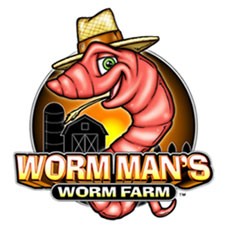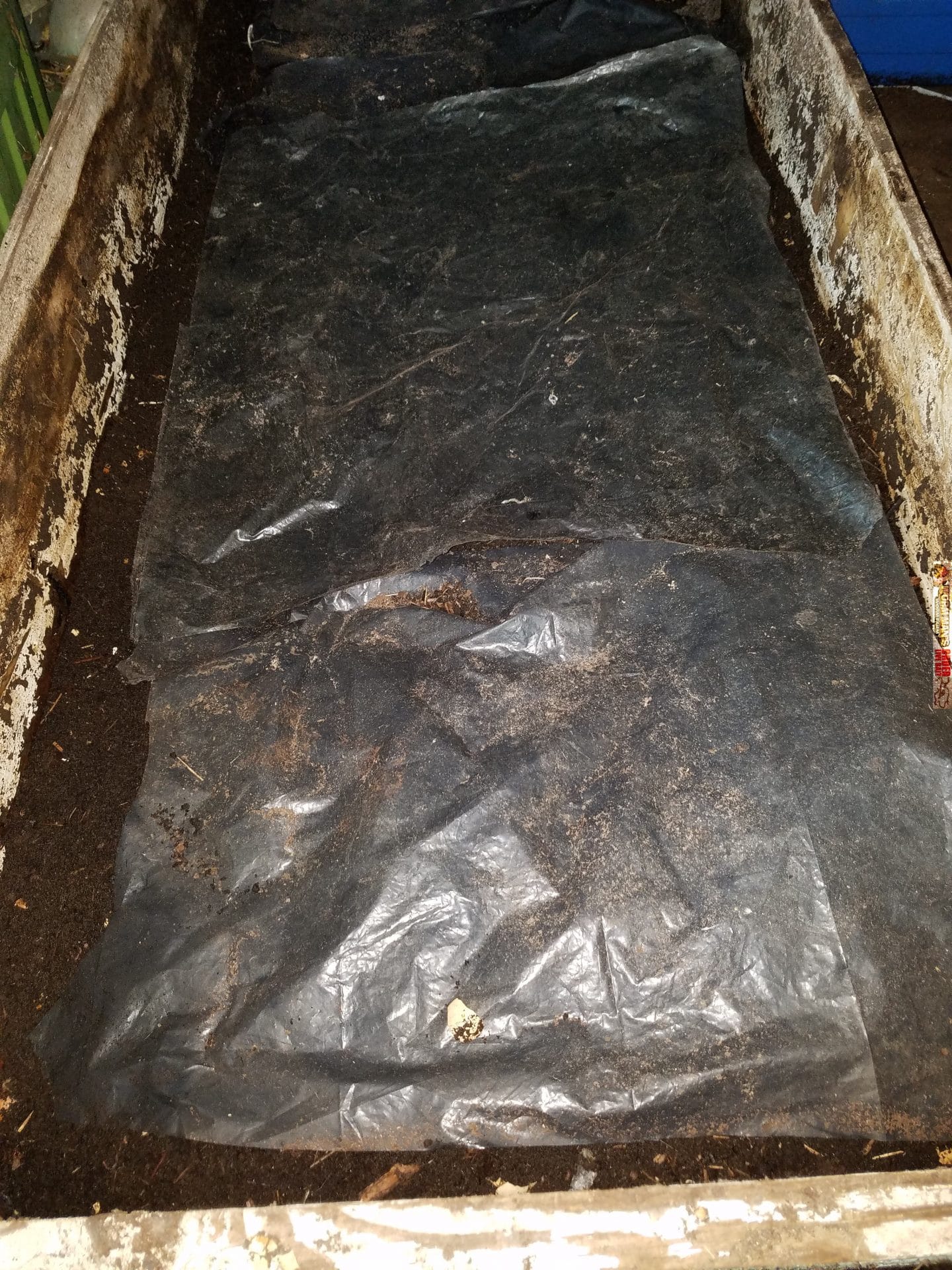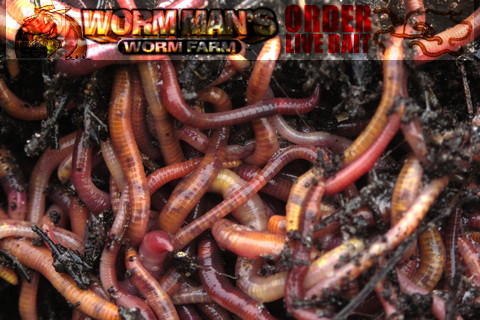
Learn the Basics of Composting With Worms.
- Use 3 Types of Worms and One Type of Fly Larvae to Compost your Food Scraps and Garbage
- Learn how to make your first composting bin for $5.
- Compost indoors or outdoors year round.
- …and more.
My name is Ken, I own Wormman.com, and I grow and sell bugs. I started my business in 1995 after growing a large amount of red worms to fill my garden with worm castings. I love to garden and I bought some worms out of the back of a classified ad in a magazine. I grew those worms by feeding them our food scraps and the manure from our bunnies. I was soon inundated with worms, so I created more worm bins and expanded my garden. At one point, I had so many worm bins and beds that it was almost uncontrollable. I showed my wife, who does not share my passion for gardening or insects, and she said “you bought worms from a magazine. There has to be more people like you out there. Sell the excess worms.” Genius! Why didn’t I think of that?
The Internet was brand new back then, so I dialed into America Online and found that I could get 5 free websites just for being an AOL member. Those weren’t responsive websites like we have today. In fact, it was a 3 page site. The main page listed what I wanted it to say and the other two pages were for contact info and biographical information. No shopping cart, no Facebook links, no social media at all because it did not exist yet.
The last 22 years have been a roller coaster. I built the business to a million dollars in sales per year, and then crashed it, fought through a cricket virus, a mealworm shortage, 9/11, and my own stupidity. (Scroll down for more...)
Check Our Our First Site and What AOL Looked and Sounded Like in Memory Lane:
| My First Site 1995:
Nostalgia: Sounds of AOL 1995 |
AOL 1995 |
[divider style=”1″]
I have written a book called Profitable Worm Manual. The information above and much more is in that book We will have it available for download soon. In the meantime, I wanted to offer you something free that I wish that I had when I started.
Basic Worm Composting Free Ebook:
Learn the basics of vermicomposting with this ebook. I cover the basics on raising Red Worms, European Nightcrawlers and African Nightcrawlers. I also cover composting with Black Soldier Fly Larvae. This ebook is yours free. Please download it here. I will also update you when my much bigger AND FREE 🙂 Profitable Worm Manual is released. I will also send you periodic worm farming news if you want it.
Thank you!!
Ken
[optin_box style=”8″ alignment=”center” email_field=”email” email_default=”Enter your email address” email_order=”0″ integration_type=”aweber” double_optin=”Y” thank_you_page=”http://www.wormman.blog/thanks” list=”515518″ name_field=”name” name_default=”Enter your first name” name_order=”0″ name_required=”Y” opm_packages=””][optin_box_field name=”headline”]Learn The Secrets of Composting With 3 Types of Worms [/optin_box_field][optin_box_field name=”paragraph”]PHAgc3R5bGU9InRleHQtYWxpZ246IGNlbnRlcjsiPjxzdHJvbmc+R2V0IFlvdXIgRnJlZSBFYm9vayBhbmQgbGVhcm4gaG93IHRvIGNvbXBvc3Qgd2l0aCBSZWQgV29ybXMsIEV1cm9wZWFuIE5pZ2h0Y3Jhd2xlcnMsIEFmcmljYW4gTmlnaHRjcmF3bGVycyBhbmQgb25lIHNwZWNpYWwgY2hhcHRlciBvbiBjb21wb3N0aW5nIHdpdGggQmxhY2sgU29sZGllciBGbHkgTGFydmFlLjwvc3Ryb25nPjwvcD4K[/optin_box_field][optin_box_field name=”privacy”]We value your privacy and would never spam you[/optin_box_field][optin_box_field name=”top_color”]undefined[/optin_box_field][optin_box_button type=”0″ button_below=”Y”]Get Instant Access![/optin_box_button] [/optin_box]




